'GoldenEye' at 25: The silver legacy of Bond's most important reboot
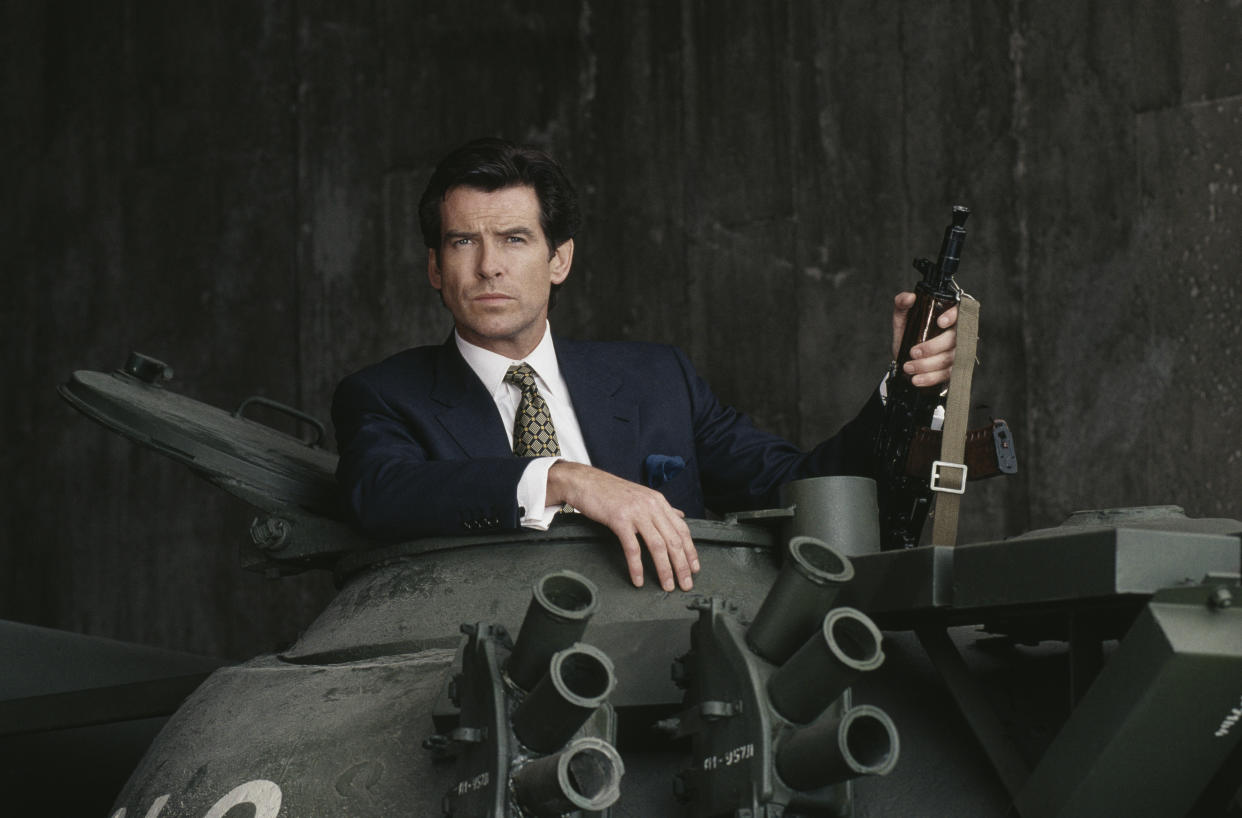
As important to one movie generation as Goldfinger (1964) was to the 1960s and as much of a producers’ gamble as The Spy Who Loved Me (1977) was to the 1970s, 1995’s GoldenEye marked a crucial return, reboot and revival for 007.
As it reaches its twenty-fifth anniversary, what is the franchise legacy and movie consequence of GoldenEye?
A long wait for fans

After 1989 and Timothy Dalton’s Licence to Kill, a protracted legal wrangle had put our man James on an enforced six-year sabbatical in the courts as the Bond producers challenged a corporate devaluing of 007 and his potential future.
Read more: Pierce Brosnan has no regrets over James Bond: 'It's the gift that keeps on giving'
As trade papers and the world’s press declared Bond’s time could well be up, EON Productions nevertheless pushed on with plans to honour their traditional end-credit mantra that ‘James Bond Will Return’. As time and timings dashed hopes to retain Dalton in the role, the House of Bond returned to their original 1986 plan – to appoint Pierce Brosnan and forget the now lapsed legalities that once pulled him from the crosshairs of Bond for a TV obligation (which GoldenEye‘s 1986 prologue acknowledges).
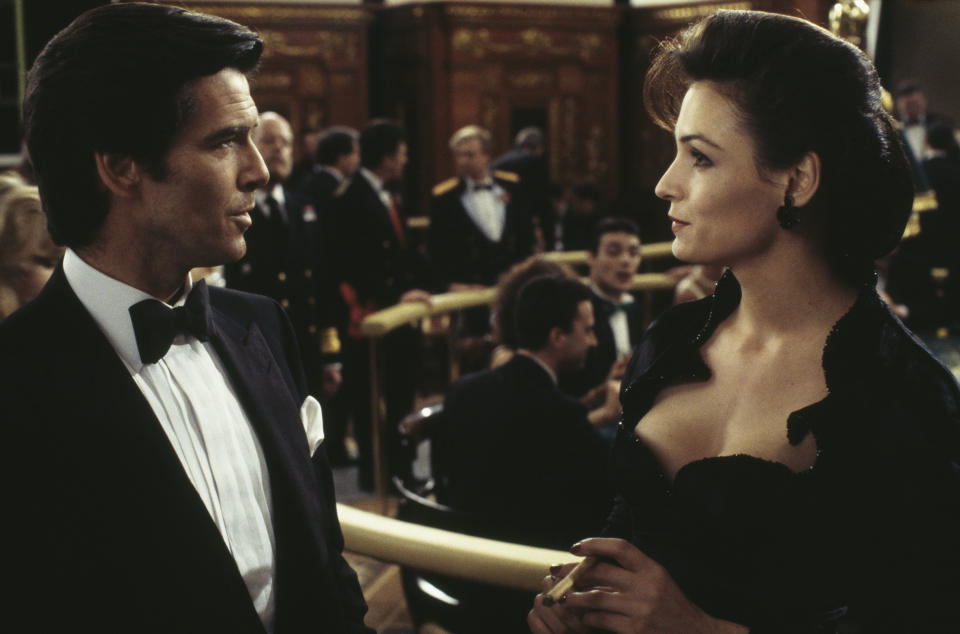
The name of a WWII sabotage operation spear-headed by author Ian Fleming, his Oracabessa home in Jamaica where he penned many of the Bond novel and where 2021’s No Time to Die officially launched in 2019, a 1989 TV movie starring Charles Dance as the spy-making author, and a 1997 Nintendo 64 computer game and its spin-offs – GoldenEye has had quite the history.
A place in time
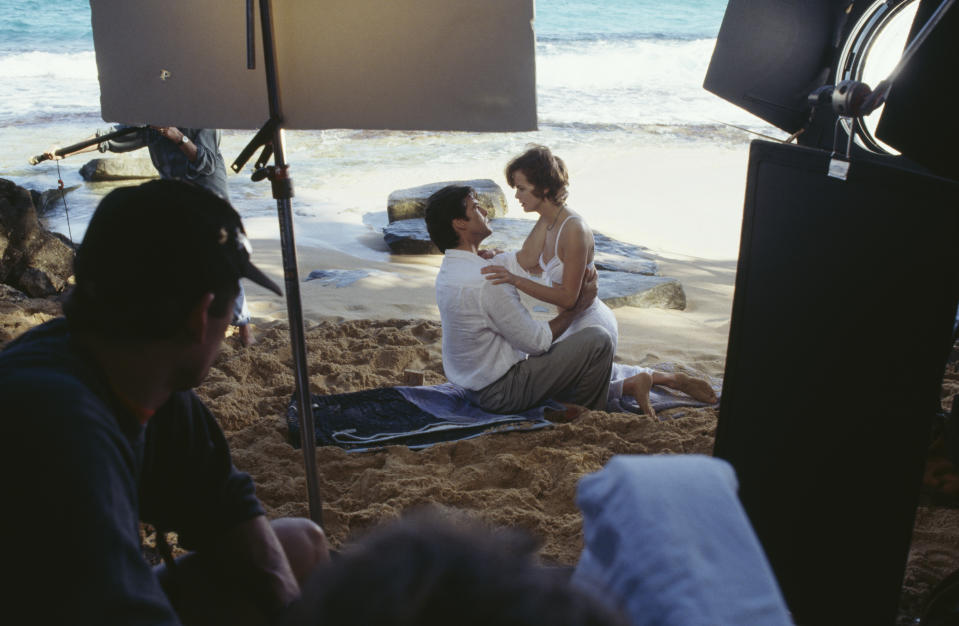
Whilst also being the first Bond film to reference the internet, new era tech and post Berlin Wall geopolitics, GoldenEye is also still greatly abetted by an old guard of Bond creatives on their final mission. Car stunt designer Remy Julienne (The Italian Job) oversaw the vehicular frolics, former production designer Syd Cain (Live and Let Die, OHMSS) storyboarded, and model maker and FX legend Derek Meddings (Superman The Movie, Thunderbirds) brought some miniature gold to his final project.
Read more: Why 007 has endured as a movie mainstay and will again
It was also the last Bond film that founding producer Albert R. Broccoli worked on – having taken a slight backseat to his producer offspring Barbara Broccoli and Michael G. Wilson who had both been aiding Bond production for two decades already.
A new home
The usual production home of Pinewood Studios had less floor space for this Bond entry – so GoldenEye went rogue. And in doing so, aided the British film industry just as Bond had countless times before. In outfitting a disused engine factory in England’s Leavesden, GoldenEye and EON Productions were about to gift British movie productions a massively useful resource in a new soundstage complex.
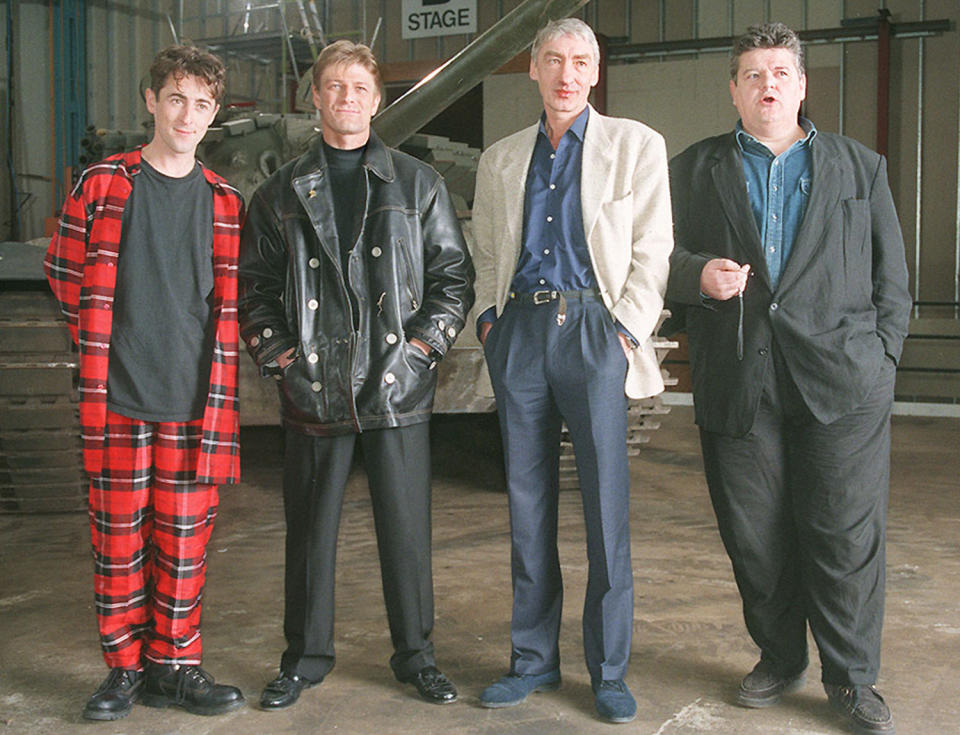
It quickly housed The Phantom Menace (1999), followed by securing the UK production of eleven Harry Potter movies – and creating employment for tens of thousands of crews, tech folk and creatives. Were it not for Bond and GoldenEye, Warner Bros. may never have eventually bought the studio as a permanent European base in 2010.
Read more: How well do you know the films of 1995?
Flash-forward to 2017 and director Steven Spielberg is at Leavesden shooting Ready Player One – a pop-culture odyssey that shrewdly references GoldenEye and the globally influential N64 game it initiated.

However, as No Time to Die’s trailer now reminds, ‘the world’s moved on, Commander Bond’. Now somewhat of a Bond trailer trope, that was a valid warning for GoldenEye in 1995.
“Feel his presence in the crowd”
The very genre of action cinema that 1960s Bond had pioneered had now been left to the caretakers of Die Hard, Bruce Willis and Arnold Schwarzenegger. La Femme Nikita (1990), Point Break (1991), Terminator 2 – Judgement Day (1991), Jurassic Park (1993), Speed (1994) and Bond-pretender True Lies (1994) had moved the analogue action goalposts and replaced them with a revived sense of physical cinema, new camera technologies and a fresh development called ‘CGI’.
Yet, GoldenEye had a trick up its Brioni sleeve: timing. Just like the Bond-forging 1960s, GoldenEye was released when a Britpop Britain was again a cultural hub. The tailoring, cars, magazines, movie soundtracks, student walls and chart hits were all retro-minded looks to the 1960s and 1970s.
Read more: Pierce Brosnan reveals embarrassing driving mishap on set GoldenEye
The suited hero, Get Carter, mod Britain, Tarantino using 1960s bubble-gum hits and retro movie tics, cool John Barry cues adorning ads and radio shows – they all cleared a path for James Bond to be cool and relevant again.
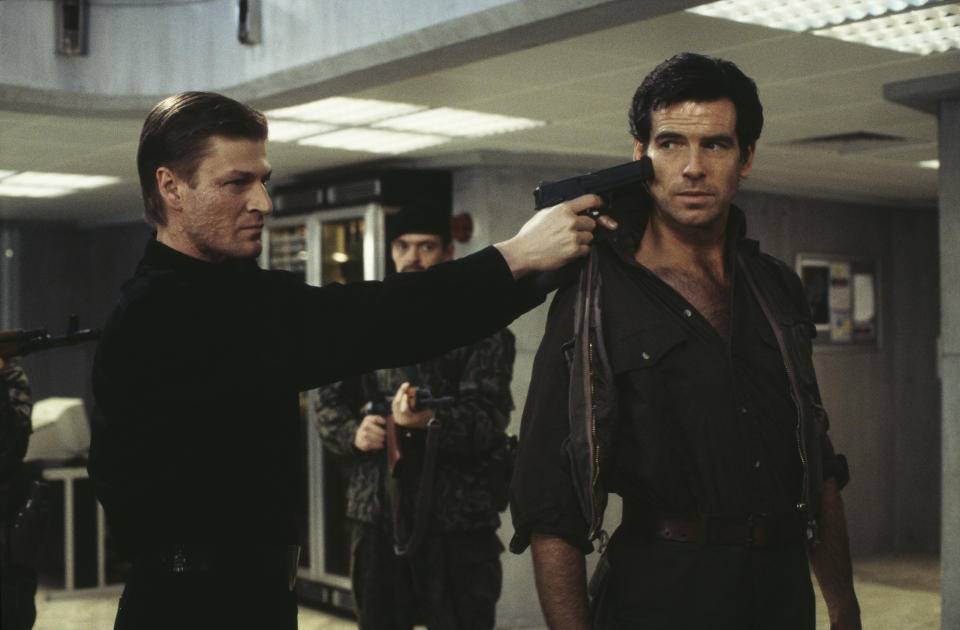
The action of Speed and Hard Boiled may have held greater prophecy of where the genre was going. But the action of a film is not just about the technology achieving it. It is about its spirit and swagger. There is a buoyant pace and authentic sense of entertainment in GoldenEye.
The old school model work, production designed lairs, villainous helicopters, a big title song and tick-list Bond tropes are key to the escapist artifice of the film. It is easily more of a fun and familiar John Glen-directed 1980s Bond film than any suggestion of the pensive Sam Mendes and Cary Joji Fukunaga times to come.
A new hope
Whilst Casino Royale (2006) is regarded as the leaping Bond reboot of record, it is Brosnan’s debut that was the franchise’s real guarantor. One of the film’s writers was Bruce Feirstein.
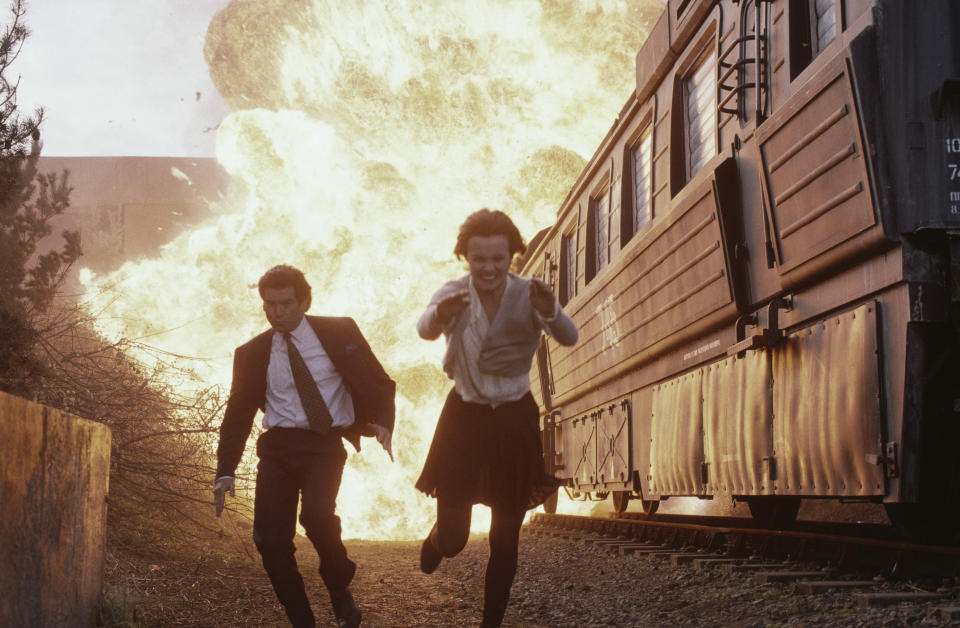
“I’m always surprised and flattered when people say how much they like GoldenEye”, Feirstein explained to me recently. “In 1995, Bond hadn’t been in theatres for six years. Our job was to bring him back and make him relevant, which I guess we did.”
A great deal of nervous studio and business hope was riding on GoldenEye – especially for the ever-shifting fortunes of MGM Studios who needed Bond 17 to soar both as a standalone hit and an underwriter to Bond’s onscreen future.
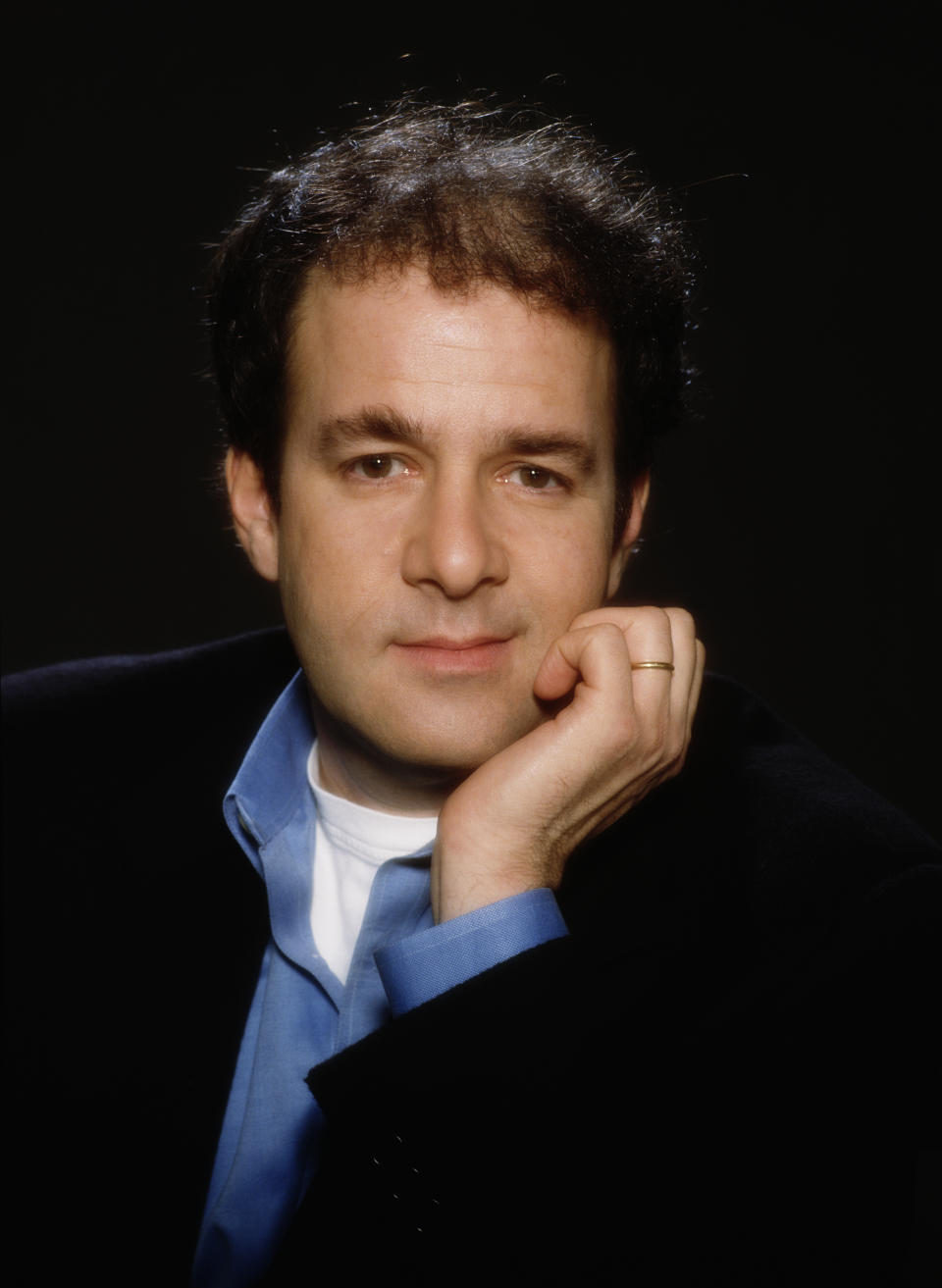
Curiously, both Royale and GoldenEye share director Martin Campbell (The Asset, The Foreigner) pioneering new Bonds in their all-important debut.
One could advocate how Royale is a far superior piece of Bond cinema. Yet, when it comes to a sense of caper, of old school 007 production and matinee fun, GoldenEye is easily the revival that matters most to Bond’s permanence.
Read more: Casino Royale director Martin Campbell on recasting 007
Royale may have been the introspective reboot that had to re-point the character post 9/11. But it was GoldenEye that had already safeguarded the fortunes of the whole franchise. Fierstein rightfully adds, “Huge credit to Martin Campbell, Pierce, Barbara and Michael, my co-writers Jeffery Caine and Michael France, and everyone who worked on the picture.”
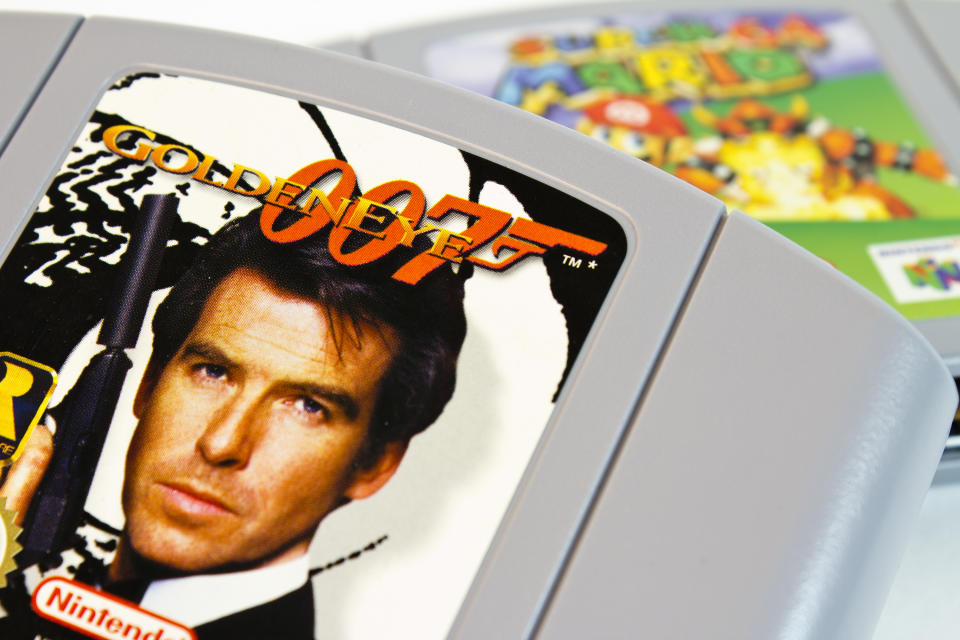
Bruce was invited back to write future Brosnan Bond films and various 007 computer games that the N64 GoldenEye game had kickstarted. “One other reason I think the picture is so fondly remembered is because of the video game”, he explains. “It was a technological break-through and a real marvel in those days, and because it was so successful it had a huge impact on the people who played it.”
Silver anniversary
Flash forward to a lockdown Sunday in April 2020 and the impact of GoldenEye is realised all over again. As theatrical cinema faces the hard truths of postponement and a pause on all the tentpole releases, Pierce Brosnan and GoldenEye prove the mass appeal of Bond and communal movies all over again.

From his Malibu home built from the spoils of 007, Brosnan conducts a brilliantly low-fi and solo GoldenEye watch-a-long with Esquire magazine. With No Time to Die pulled from April 2020 cinemas, the 005th agent deputised with familiar calm, warm anecdotes, and a quiet pride at his first Bond opus.
“I’m always amused at the large number of people I encounter who are so excited to meet one of the writers of GoldenEye,” Feirstein ponders, “and are then disappointed when they learn I worked on the movie and not the game. But either way, I’m just happy the movie is remembered!”
In the famed and influential teaser trailer that accompanied the film, Brosnan quips to the audience, “You were expecting someone else?”.
Thanks to the crucial success of GoldenEye as both revival and new chapter, we so far have not needed to. Happy silver anniversary to an oft remembered and truly golden Bond classic.
Watch: A look back at GoldenEye

 Yahoo Movies
Yahoo Movies 

